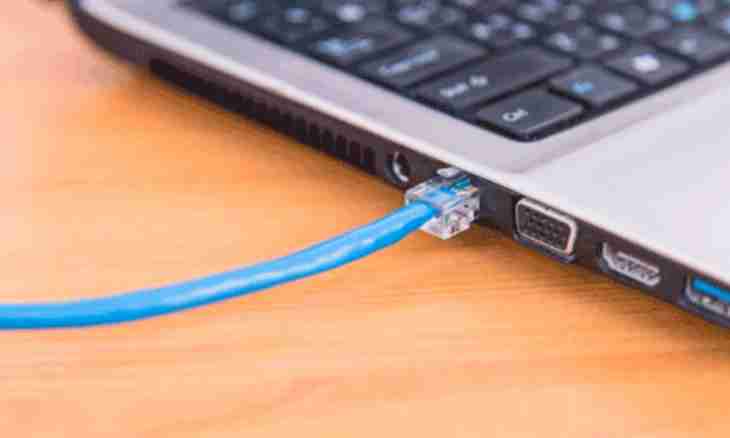Work of wireless networks of the Wi-fi format is influenced by a set of factors from which main thing is the equipment installed for work. Thus, the range of network is defined by characteristics of the devices used for data transmission – routers. Network functioning range is also influenced by the physical obstacles arising on the path of a wireless signal.
Technology of wireless data transmission
Radio waves which are transmitted by means of their source – the router transforming the signal arriving on an Internet wire to a format of radio waves with a certain frequency and characteristics are applied to data transmission within wireless networks. Thus, sending range of a signal, as well as within other radio channels, is influenced by various noises.
There are several standards of wireless data transmission in WiFi networks which differ in the range and frequency. Most often standard 802.11g device which is supported by the majority of network interface cards can be used. The router with standard gain (the antenna with a frequency of 2 DB) allows to make broadcast of a signal on 50 m indoors and on 150 meters on the street. Existence of walls indoors seriously affects sending range of a signal, significantly limiting it.
Among other important parameters of a signal not only the type of the protocol, power of the transmitter and the amplifier of the antenna, but physical obstacles and noises created by other devices is.
Obstacles for a signal
Seriously metal designs and brick walls reduce sending range of radio waves, taking away about 25% of all signal. The amount of the lost data can be defined also by the used standard. So, the access point working in standard 802.11a uses radio frequencies above, than 802.11g or b, so she will be more sensitive to such obstacles. Microwave ovens also absorb a signal because of the noises proceeding from them. The maximum range will be had by the access point working in standard 802.11n which allows to achieve communication range to 70 m of the house, and on the open area to receive a big covering to 250 m at relatives to ideal conditions for transfer of a radio signal.
The foliage of trees containing water which absorbs the waves transferred by the router at a certain frequency becomes one more obstacle often. Affect range the pouring rain weakening the transmitted signal, or dense fog.
Range of broadcast of a signal can be calculated by the router with use of the special calculator in which basic parameters of the used equipment are specified.
Increase in range of the network limited by one of the above-mentioned reasons is reached by a join path of several routers in one chain. Also on the device the antenna which will also be able to increase the transmitted signal by several dozen meters can be replaced.

